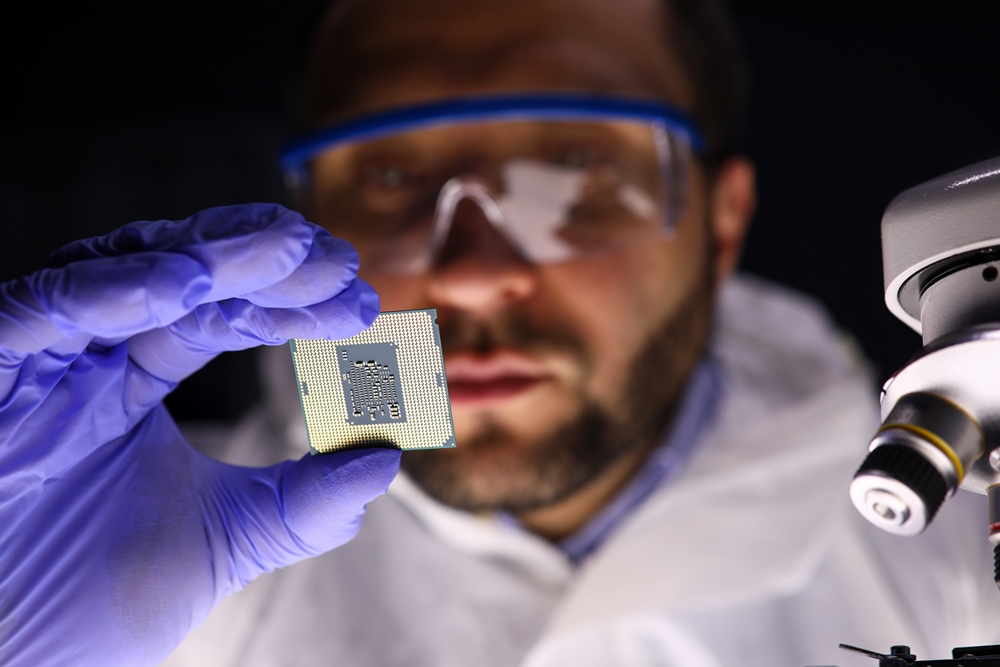
A wearable wound monitoring device could cut infection risk by reducing the need for physical contact during healing.
The device tracks wound recovery remotely via Bluetooth, avoiding frequent dressing removal that can delay treatment and disturb healing.
It is designed for reuse, offering what researchers describe as a cheaper and more practical alternative to disposable smart bandages in development.
Conventional wound care often involves removing dressings for assessment, which may increase infection risk and interrupt recovery.
This device addresses those issues by offering continuous monitoring without disturbing the wound, potentially easing strain on healthcare workers and improving care.
The monitor was developed by researchers at RMIT University to support care for chronic wounds.
The device uses integrated sensors to track temperature, pH and inflammation – indicators that signal healing progress. A temperature rise may suggest infection, while pH shifts reflect different healing stages.
Lead inventor Dr Peter Francis Mathew Elango, from the School of Engineering, said the team tested the device on a human arm to show it could adapt to curved surfaces.
He said: “We tested our wound monitoring device by simulating conditions it would encounter in wound management.
“We placed the device on a human arm to demonstrate that it conforms well to the curved surface.
“This was a test to show that this type of alternative monitoring technology is possible, and we are now ready to work with industry partners to develop it for clinical trials.”
“Its components are biocompatible and fit seamlessly into existing manufacturing workflows and processes, potentially bringing the cost below US$5 per unit when produced at scale.”
The innovation builds on an RMIT-patented platform using flexible sensors that sit on or beside wounds under dressings.
Professor Madhu Bhaskaran, who leads the research team, described the core technology.
She said: “The high-resistivity silicon-based sensor technology is our platform IP that has been proven to be efficient at multiple biomarker detection related to different ailments.”






